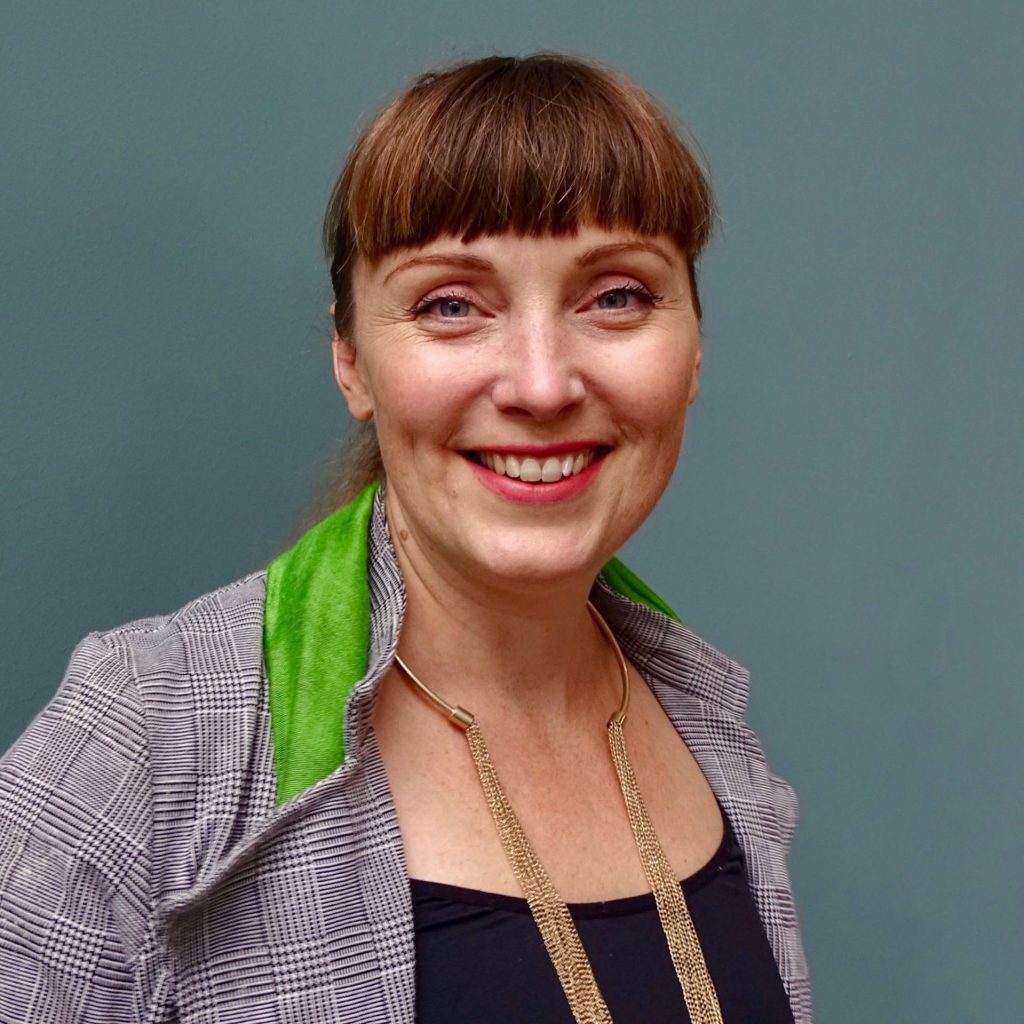
Ichsani Wheeler
Co-Founder
Ichsani Wheeler is one of the co-founders of EnvirometriX and contributes to carbon methodologies, ideation for a community driven digital earth, landscape scale regenerative agricultural design and measurement & monitoring systems for various trading systems, certifications and international agreements.
Focusing on managed lands, she dreams of a world where our agricultural lands are biodiverse & resilient, and our economic systems have been naturalised.
Phone: +31(0) 317 427537
Email: ichsani@envirometrix.net
Education:
- PhD, University of Sydney, Faculty of Agriculture and Environment (Pedometrics / Soil carbon auditing)
B.LWSc (Hons I), University of Sydney, - Faculty of Agriculture and Environment (Land & Water Science)
Appointments:
- 2018–present: Co-founder OpenGeoHub Foundation
- 2018–present: Co-founder EnvirometriX Ltd., The Netherlands
- 2018–present: Senior researcher, Farming Systems Ecology, Wageningen University
- 2017–2018: International Expert SDG 15.3.1 reporting, United Nations Convention to Combat Desertification (UNCCD)
- 2015–2017: International Expert Land Degradation Neutrality (LDN), United Nations Convention to Combat Desertification (UNCCD)
- Landscape restoration design
- Accounting for landscape scale indicators
- Soil carbon auditing for trading
- Regenerative agriculture
- Hengl T, Walsh MG, Sanderman J, Wheeler I, Harrison SP, Prentice IC. 2018. Global mapping of potential natural vegetation: an assessment of machine learning algorithms for estimating land potential. PeerJ 6:e5457 https://doi.org/10.7717/peerj.5457
- Hengl T, Mendes de Jesus J, Heuvelink GBM, Ruiperez Gonzalez M, Kilibarda M, Blagotić A, et al. (2017) SoilGrids250m: Global gridded soil information based on machine learning. PLoS ONE 12(2): e0169748. https://doi.org/10.1371/journal.pone.0169748
- Hengl, T., Leenaars, J.G.B., Shepherd, K.D. et al. Soil nutrient maps of Sub-Saharan Africa: assessment of soil nutrient content at 250 m spatial resolution using machine learning. Nutr Cycl Agroecosyst 109, 77–102 (2017). https://doi.org/10.1007/s10705-017-9870-x
